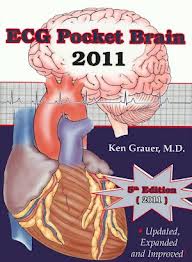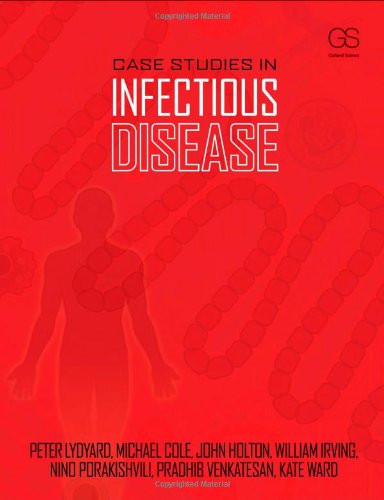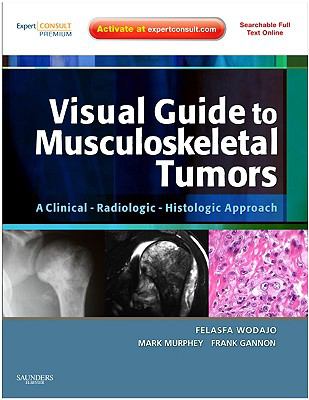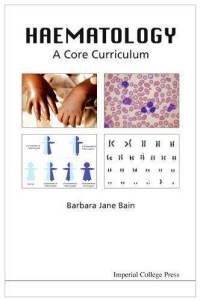Category: Internal Medicine
-
Bradycardia and Sinus Node Dysfunction: an Internal Medicine Approach
Definitions Sinus node dysfunction may include sinus bradycardia, sinus pauses, sinus exit block, sinus arrest, tachy-brady syndrome, persistent atrial standstill and chronotropic incompetence. Symptoms, when present, are usually related to cerebral hypoperfusion. These include dizziness, presyncope, and syncope. Other symptoms include congestive heart failure, fatigue, decrease exercise capacity, recurrent falls, confusion, memory loss, and palpitations or stroke (if…
-

ECG Pocket Brain (2011) by Ken Grauer MD
There are many hundreds of EKG books in existence, but I can probably count on one or two hands those that I would consider exceptionally good. ECG Pocket Brain by (2011) by Ken Grauer MD is one of the best. You can download a generously-sized excerpt for free here. The book is concise, relevant and very easy to…
-

The 40 Most Burdensome Pathogens in the World
A list of the 40 most burdensome pathogens, in terms of worldwide morbidity and mortality, can be found here. The list includes some of the more obvious pathogens such as Mycobacterium tuberculosis, Plasmodium spp., Human immunodeficiency virus, Influenza virus, Escherichia coli, Streptococcus pneumoniae and Staphylococcus aureus. Less obvious entries are Leptospira spp., Wuchereria bancrofti, and Parvovirus. Not included in…
-

Book Review: Visual Guide to Musculoskeletal Tumors: A Clinical – Radiologic – Histologic Approach
Visual Guide to Musculoskeletal Tumors: A Clinical – Radiologic – Histologic Approach(2010) by Felasfa M. Wodajo MD et al. is a superb integration of clinical medicine, gross pathology, histopathology and radiology of musculoskeletal tumors. The pictures are excellent and the amount of information is comprehensive, yet easy to absorb. The book is ideal for radiologists, pathologists, oncologists and orthopedic surgeons. In addition, general practitioners…
-
Toxic and Drug-Induced Changes of the Electrocardiogram by Catalina Lionte, et al.
Toxic and Drug-Induced Changes of the Electrocardiogram by Catalina Lionte, et al. is an excellent chapter about the role of electrocardiography in toxicological diagnosis. It comes from the book Advances in Electrocardiograms – Clinical Applications (2012). The chapter can be accessed online free here or here. The book can be accessed free here. Some of the electrocardiogram are really…

